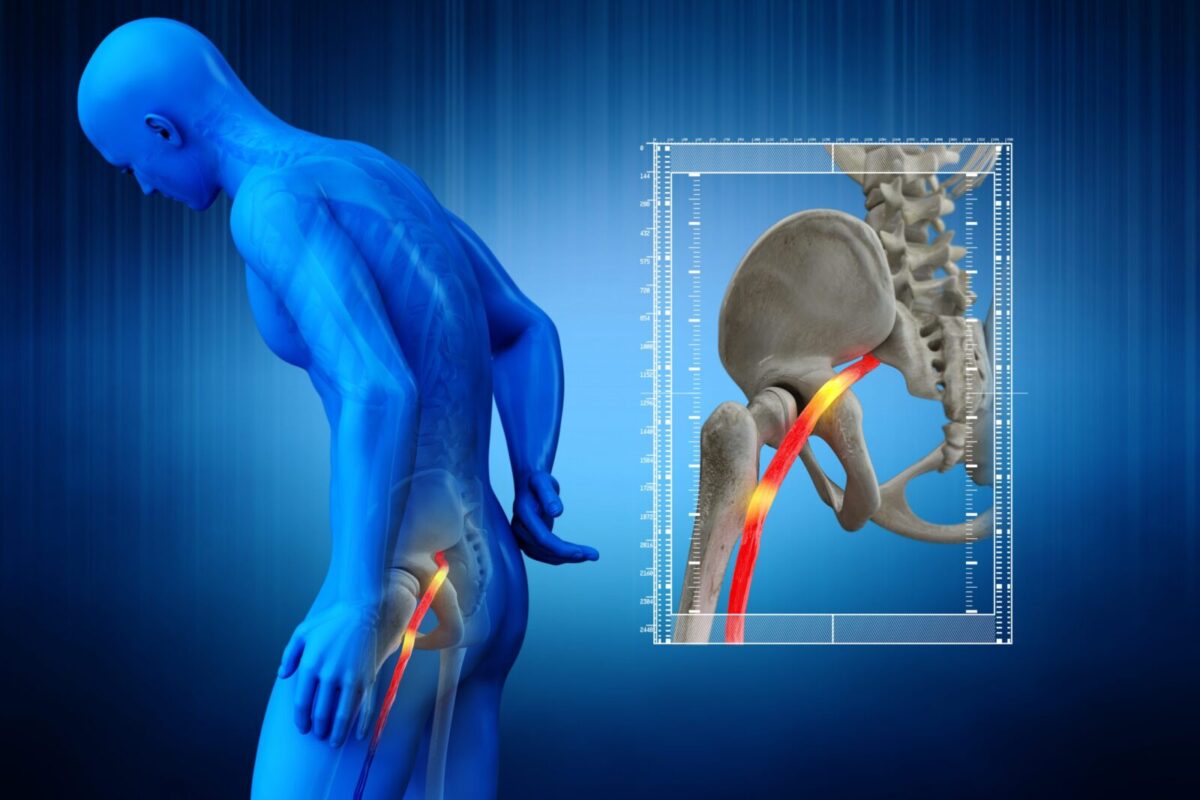Sciatica is a condition that can cause intense pain, radiating from the lower back down one or both legs. It can be debilitating and leave sufferers searching for relief.
But what causes sciatica? How can it be treated? Unraveling Sciatica: Causes, Symptoms, and Pathways to Relief explores this mysterious condition in depth. Discover the potential sources of sciatic nerve pain as well as the available treatments designed to provide long-term relief.
Learn how to manage your symptoms and take control of your life with this comprehensive guide on sciatica.
Causes of Sciatica

Sciatica is a common condition that affects the sciatic nerve, which runs from your lower back through your hips and buttocks down each leg. It can cause pain, numbness, and tingling along its path.
It is often caused by an underlying medical problem in the spine such as herniated discs or spinal stenosis. Other possible causes include muscle imbalances, obesity, pregnancy-related changes to the body’s alignment, sitting for long periods without getting up to move around frequently enough, injuries resulting from accidents or falls, tumors on the spine, infections in the area of the spine affected by sciatica (such as diverticulitis), or inflammation due to autoimmune conditions like lupus or rheumatoid arthritis.
Some people may also be genetically predisposed to developing sciatica – meaning if you have family members who suffer from this condition then it’s more likely that you’ll develop it too. Whatever its source may be though; understanding what causes sciatica can help provide relief for those who suffer from this painful condition.
Treatment Options for Sciatica
When it comes to treatment options for sciatica, the available pathways depend on the underlying cause. In many cases, conservative treatments such as physical therapy and medication can help reduce pain and other symptoms associated with sciatica.
Physical therapy may involve stretching exercises, massage, or electrical stimulation to relieve pressure on the nerve root that is causing sciatic pain. Medication often includes non-steroidal anti-inflammatory drugs (NSAIDs) or muscle relaxants to reduce inflammation and ease tension in the muscles that are affecting nerve function. In more severe cases of sciatica where there is a herniated disc or spinal stenosis causing compression of the nerve roots, surgery may be necessary.
Surgical treatments typically involve decompression of the affected area by removing portions of bone or tissue from around a compressed nerve root to relieve pressure and alleviate pain. However, before surgical intervention is considered, other nonsurgical methods should be attempted first as they tend to provide better results with fewer risks associated with them than surgery does.
No matter which pathway one chooses when treating sciatica, it’s important to keep up regular communication with one’s healthcare provider regarding progress made so adjustments can be made if needed along each step of the recovery journey towards relief from this painful condition.
Self-Care Strategies for Managing Sciatica Pain

When it comes to managing sciatica pain, self-care strategies can be an important tool in the relief of everyday symptoms. Simple lifestyle changes such as regular exercise, stretching, and maintaining good posture are essential for reducing discomfort.
Additionally, modifications such as using a lumbar support pillow or cushion when sitting can help reduce pressure on the spine and combat fatigue caused by sciatica. It is also beneficial to practice relaxation exercises like yoga or tai chi which have been shown to improve flexibility and reduce inflammation in the lower back area. Massage therapy may also provide relief from sciatica pain while helping to restore balance and range of motion in affected areas.
Other home remedies worth trying include hot/cold compresses or alternating between taking warm baths with Epsom salts followed by icy showers; these treatments create a contrast that helps relieve tightness along the nerve pathways associated with sciatica pain. In addition, certain dietary supplements such as turmeric or omega-3 fatty acids may reduce inflammation around nerves connected to the lower back region—consult your doctor before adding any supplements into your routine though!
Conclusion
Sciatica is a nerve pain that can be quite debilitating. It is important to understand the causes, symptoms, and pathways to relief to effectively manage this condition.
Depending on the cause of sciatica, physical therapy, lifestyle changes, medications, or even surgery may be needed for effective treatment. Ultimately, it is best to work with your healthcare provider to find the most appropriate path forward for you based on your situation.







